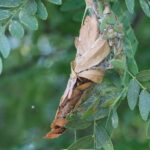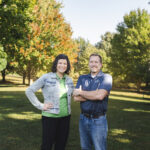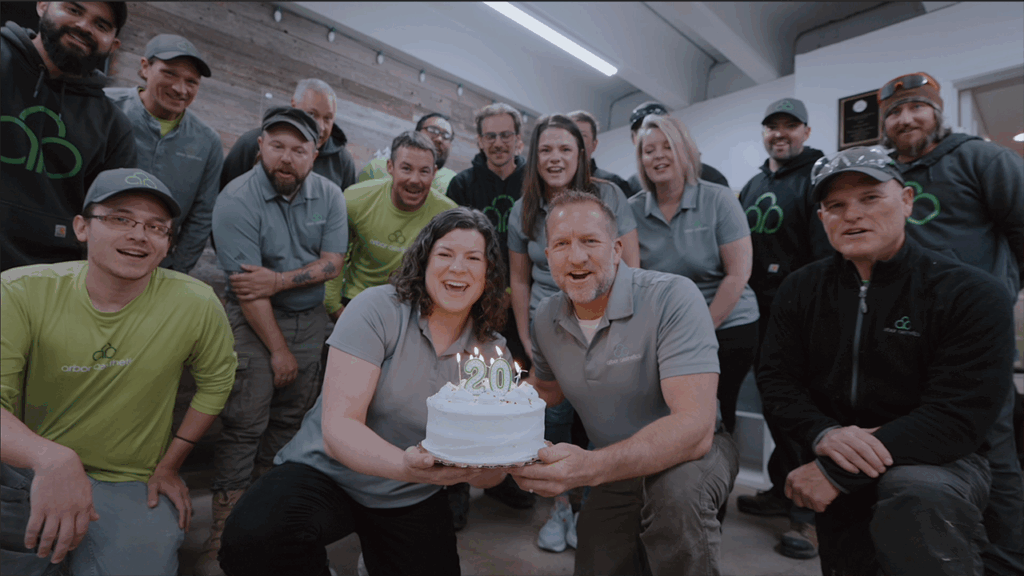While the tree in your front yard may look strong and self-sufficient, the truth is that urban trees need much more care than their forest-dwelling cousins. In nature, trees grow in rich ecosystems that support their health — but in our yards, they’re often isolated, exposed, and stressed.
While it is true there are many native species of trees that need less maintenance than others, all homeowners should give their trees regular attention to stay healthy, safe, and beautiful for years to come. These five lesser-known tips will help you understand your trees better — and give them the support they need to truly thrive.
Let’s dig in!
1. Most Trees Need 10+ Gallons of Water Per Week
Even mature trees need watering — especially during hot or dry spells. As a general rule, a tree needs 10 gallons of water per inch of trunk diameter, once a week. So that 10″ wide oak in your front yard? It needs 100 gallons! And trees don’t stop needing water in the winter, so it’s important to monitor precipitation levels and supplement water accordingly when the weather allows.
Homeowner tip:
Use a slow trickle hose or soaker hose at the drip line (not right at the base) and water deeply for 30–60 minutes once a week in the summer. Newly planted trees need more frequent watering until they’re established.
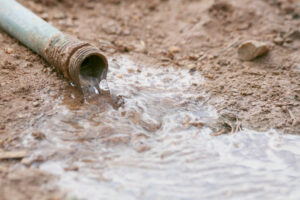
2. Mulch Is One of the Best (and Easiest) Things You Can Do
A simple 2–4″ layer of mulch helps retain moisture, reduce weeds, and regulate soil temperature. But there’s a catch — piling it against the trunk (a “mulch volcano”) can rot the bark and kill the tree.
Mulch can also help establish a “no traffic” zone around your tree which helps to mitigate soil compaction. Roots need oxygen, and mulch can help maintain healthier soil conditions for your tree.
Mulch – but not too much:
Make a mulch ring around the tree, leaving a few inches of space around the trunk. Think “donut,” not “volcano!”
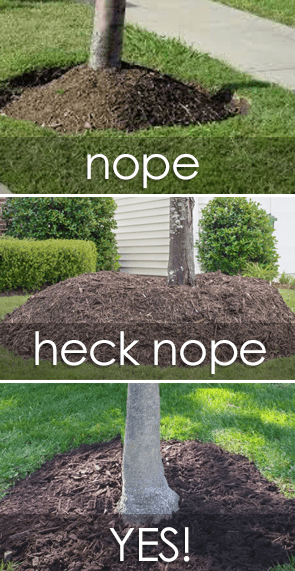
3. Most Tree Problems Start Below Ground
From poor soil to girdling roots, many issues aren’t visible until they become serious. If your tree is leaning, losing leaves early, or showing signs of stunted growth, the roots might be the problem — and guessing won’t fix it.
Homeowner tip:
Avoid compacting the soil around the base of your tree (no cars or heavy foot traffic under the canopy), and watch for signs of stress.
How we help:
At Arbor Aesthetics, we offer air spading / root excavation to safely expose and inspect root systems without damaging them. We also provide many soil injection treatments to deliver essential nutrients directly to your tree’s roots — giving them what they’re missing to thrive.
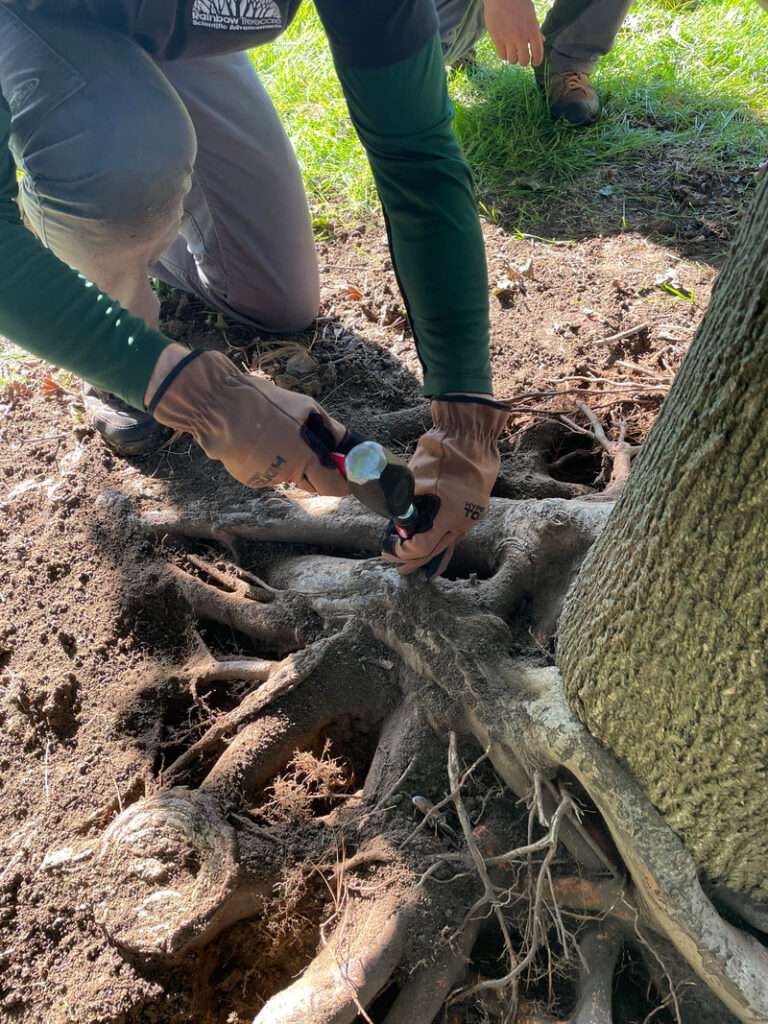
4. Not All Tree Trimming is Good Trimming
Improper pruning is one of the most common ways homeowners accidentally harm their trees. Topping a tree, lion-tailing, or removing too much canopy at once can cause permanent damage. If the company you are hiring offers “tree topping” as a service, run the other direction.
The right approach:
Prune no more than 25% of the canopy at a time. Always cut just outside the branch collar (not flush with the trunk), and if you’re unsure — hire a Certified Arborist. It’s worth it. A Certified Arborist is trained in the art and science of tree care and is required to receive continuing education to maintain the certification. Additional. we are proud to be Accredited by the Tree Care Industry Association which proves our commitment to ethical arboriculture practices.
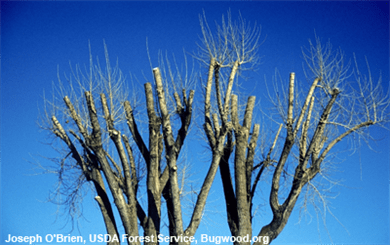
5. Exposed Roots and Tree Bark Are Easily Damaged
A tree’s bark and surface roots might seem tough, but they’re surprisingly vulnerable. Repeated hits from lawnmowers, string trimmers, or even foot traffic can cause lasting wounds that allow pests and diseases to get in. Read: Will cutting into my tree’s roots harm the tree?
Homeowner tip:
Always keep a mulch ring around the base of your tree to create a buffer zone between the trunk and your mower. Avoid piling soil or mulch directly against the trunk, and never cut into roots when edging or planting nearby.
If you must excavate around the tree for construction, use care and work around roots when possible instead of cutting them. We offer air spade root excavation services for exposing roots so you can make informed decisions about your construction project.
Why it matters:
Trees can’t “heal” like humans do — once bark is damaged, that wound remains for life. Protecting the base and root zone helps prevent decay, disease, and long-term decline.
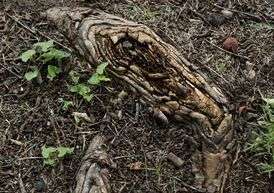
This Arbor Day, don’t just admire the trees — commit to taking great care of them. With a little know-how, your trees can thrive for generations to come. #BeautifulTreesforLife
Need help with pruning, planting, or diagnosing a problem tree?
Schedule a consultation with Arbor Aesthetics — Omaha’s certified, tree-loving experts.

